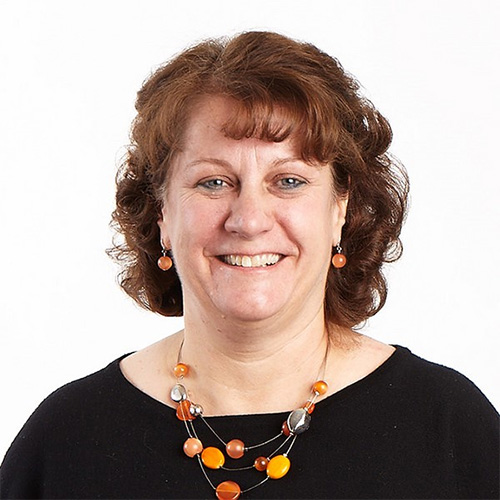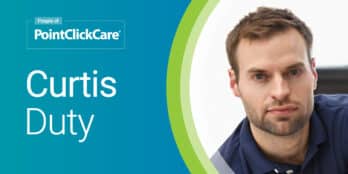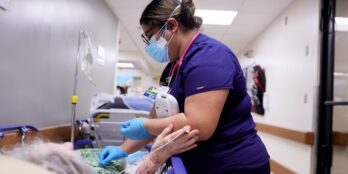
PDPM: A Transformational Period for SNF Providers
 3 min
3 min
Change is never easy, and the change that faces Skilled Nursing Facilities (SNF) providers this year is a big one. As CMS changes the way they reimburse SNF providers for the care they provide to Medicare recipients after more than two decades of the prospective payment system (PPS), SNF providers have reason for concern.
As we look beyond the October 1 deadline, this change is another step in the journey to transform the healthcare system by reimbursing and incentivizing providers on the quality of outcomes they provide their patients vs. the quantity of services provided. This should also drive unwarranted costs out of the system, a goal that has had great discussions over the past three decades.
But, I believe there is hope for both the providers and Medicare recipients when inspecting the change required. For providers, PDPM puts Nursing back at the center of Skilled Nursing Facilities. For our residents, they can be more confident that their care is reflective of their needs and desired outcomes, and that they are truly in the driver’s seat when it comes to the care they receive.
This is truly a transformational period for SNF providers. The most significant transformation will be how providers assess, plan, implement, and evaluate the care they provide while dealing with less experienced clinical staff. Let’s face it, we have long been plagued with staff shortages but with an aging workforce comes a mass exit of some of our best talent. How providers adjust to their most experienced staff leaving while faced with sicker and more complex patients arriving at the door, I believe, will define the winners and the losers. It will require us to hire the best talent, provide them with the best tools (i.e. technology), and rethink our workflows and responsibilities, starting from initial referral or lead through to the patients discharge and/or transition.
Over a series of blog posts, I will be discussing the entire resident journey (pre-admission through post-discharge/transition of care) and the key clinical and business processes that intersect that timeline. In this post, I am starting with the pre-admission phase.
In the pre-admission phase, there are three key organizational goals for all SNF providers.
- Ensure we can provide the care and services required to achieve the patient’s desired/achievable outcomes (care delivery process).
- Ensure we can be reimbursed equitably for the care and service we provide (revenue cycle process).
- Delight the patient (and referral sources) in order to secure the admission and strengthen networks and make us the preferred provider of both the hospital and the patient (customer/referral engagement process).
These goals have not changed in the three decades I’ve been in SNF. Balancing these goals effectively, I believe, we discern the winners vs. losers. The impact of not getting one of these right in the ‘good’ years may not have had such a dramatic impact on our operations as it will going forward.
Under PPS, if the patient required rehab it was an easier decision to make; you could admit them with the confidence that you would be able to achieve both clinical and financial outcomes. In the future world of incentives and penalties, we could lose big if we make admission decisions without a complete picture of the patient’s conditions, needs and anticipated outcomes (theirs, their family, their payers, your referral sources, and ultimately yours).
Some argue there will be winner and losers. And I am sure of that. But I think the true winners are those who are focused on meeting the October 1 deadline while recognizing and planning for the transformation that will be required post October 1 to not only survive the problem, but to thrive in the solution.
March 1, 2019






